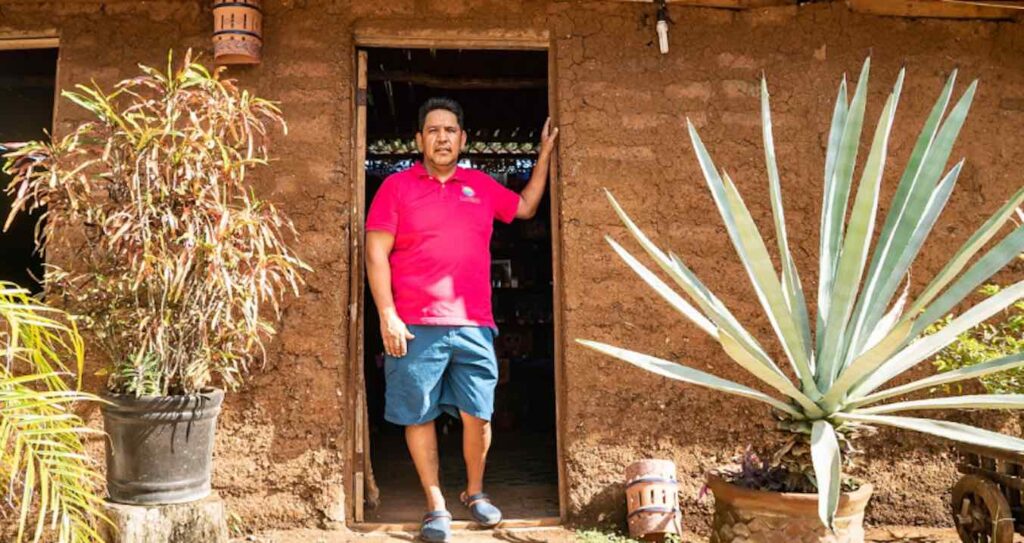Seaweed greatly expanded
Most of us that live inland think of seaweed as the mess that clogs beaches and makes swimming and diving more trouble. If you believe in “Reduce, Reuse, Recycle” you can think about seaweed as a challenge. Perhaps an all natural recycling challenge. An invasive seaweed species from the Caribbean has been turned into a compostable plastic wrap that has the potential for mass production. The breakthrough comes from the University of Leeds, in the UK, where Keeran Reed and his colleagues were looking to turn the brown seaweed species called sargassum into a sort of biopolymer. Sargassum is made up of long chains of molecules similar to those found in conventional plastic.
They then turned the mash into sheets of film like normal plastic wrap to study how it held up in heated conditions, and when thrown into the recycling bin. Existing biodegradable plastics take more than a year to break down, the sargassum needed two weeks. Despite this rapid decomposition, the films held together at temperatures up to 450°F. Also, the film didn’t leach out any of the chemicals when left in water over a period of 10 days.
While tourists visiting Mexican beaches complain about piles of smelly seaweed, one Mexican gardener reckoned it was something like a gift. The governments in places like Cancun have been required to clear away as much as 40,000 tons of sargassum seaweed, which smells like rotten eggs, but Omar de Jesús Vazquez Sánchez is steering it away from the landfills and into a kiln, where he makes adobe-like blocks that pass regulation as a building material. Omar’s story begins back in 2015 when, like any experienced laborer, he found rich people complaining about a job they didn’t want to do. It was cleaning up the seaweed on the beaches of the Riviera Maya.
“Everyone was complaining, I wanted to make something good out of something everyone saw as bad.” His cleanup crew provided work for 300 families, and it was not long after that he found the sargassum could be used to make bricks. The blocks contain 40% sargassum, and from 2021 to present day, he’s used almost 6,000 tons of the stinky weed to make bricks which he’s used to build structures all around the Mexican state of Jalisco. Cancun has approved the SargaBlocks for building use. Bricks and cement can be great sources to use up naturally-occurring material that’s dangerous or burdensome—like using the ash from volcanic eruptions to make bricks. Omar has been fortunate enough to be able to donate 14 “Casas Angelitas” or test homes made of SargaBlock.
Brick solid Humor
What’s the difference between a product made in Mexico and a product made in America?
One is made by a Mexican, while the other is made by a Mexican immigrant.
The Mexican government has the best social welfare system in the world. No forms to fill out, open to everyone, cost nothing to run. It is called the US border.
What is Mexico’s national sport?
Cross Country.
I was pondering why people keep telling me that juggling bricks is a bad idea.
Then it hit me.
April 26th Birthdays
1942 – Aretha Franklin, 1989 – Sara Paxton, 1970 – Renee Zellweger, 1982 – Danica Patrick,
1987 – Daniel Sharman, 1971 – Jason Lee, 1987 – John DeLuca, 1941 – Al Pacino



